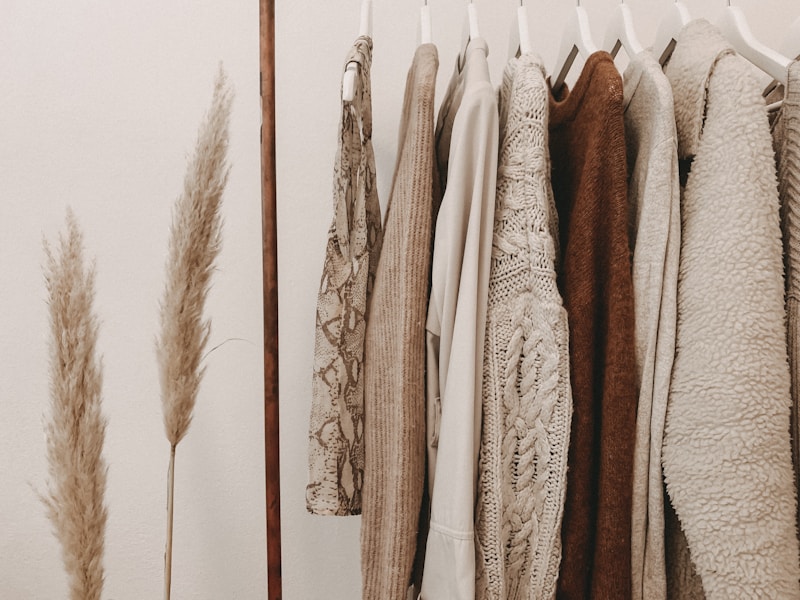Cultural Fusion in Bridal Fashion: A Beautiful Blend of Traditions
Understanding Cultural Fusion in Bridal Fashion
In today’s world, where globalization has interwoven various cultures, cultural fusion in bridal fashion has become a fascinating trend. This blend not only reflects the wedding's personal significance but also embodies the rich traditions of different cultures coming together. In this article, we will explore the intricacies of cultural fusion in bridal fashion, examining its origins, the elements of design, and how it has evolved over time.
The Origins of Cultural Fusion in Bridal Fashion
The concept of cultural fusion is not entirely new. For centuries, marriages have been an occasion to unite families and cultures. As we journey through history, we find instances where bridal fashion has taken cues from diverse traditions. Today's modern brides are increasingly opting for fusion wear that represents their unique heritage and the diverse backgrounds of their partners.
The Influence of Globalization
Globalization has played a pivotal role in shaping cultural fusion in bridal fashion. With the rise of social media platforms, brides and designers can explore various styles from around the world. This exposure has led to a melding of designs, where traditional elements are integrated into contemporary bridal wear. For instance, a Western bride might incorporate elements of Indian bridal fashion, such as vibrant colors and intricate embroidery, into her gown.
| Traditional Elements vs. Modern Designs | Examples |
| Silhouettes | A-line mixed with lehenga |
| Embroidery | Western lace combined with Indian zardozi |
| Accessories | Tiara with a headpiece |
| Fabrics | Silk with chiffon in a single gown |
Key Elements of Cultural Fusion in Bridal Fashion
When we talk about cultural fusion in bridal fashion, several elements come into play that enhances the overall aesthetic:
1. Colors and Fabrics
Color holds significant importance in bridal attire across cultures. For instance, white symbolizes purity in Western cultures while in India, red is the color of prosperity and fertility. A fusion bridal gown might blend these colors, harmonizing the bride’s heritage. Fabrics also play a crucial role; silk, lace, and chiffon can be combined to achieve a perfect balance of traditional and modern styles.
2. Traditional Embroidery Techniques
Embroidery techniques vary significantly across cultures. From the intricate handwork seen in Indian bridal wear (like zardozi and gota) to the delicate lacework of Western gowns, the integration of these techniques can lead to exquisite designs. A bridal dress that incorporates both can create a statement piece that tells a story.
3. Accessories and Footwear
Accessories can complete the cultural fusion look. For instance, a bride may wear a traditional veil paired with an ornate Indian maang tikka (forehead jewelry). Footwear can also be a blend, where a bride chooses embellished juttis instead of heels, seamlessly marrying different cultural elements.

Famous Designers Leading the Trend
Several designers have embraced cultural fusion in their bridal collections. They create unique pieces that reflect both their cultural heritage and modern sensibilities. Notable designers include:
- Vera Wang: Known for her innovative designs, Wang often incorporates Eastern influences into her Western bridal gowns.
- Sabyasachi Mukherjee: An emblem of Indian bridal fashion, Sabyasachi has made a significant impact by infusing modern techniques with traditional elements.
- Yasmine Couture: A fusion of Middle Eastern and Western styles, showcasing the beauty of cultural blending.
Challenges in Cultural Fusion
While cultural fusion in bridal fashion is beautiful and innovative, it does come with its challenges. These include:
1. Cultural Appropriation
There's a thin line between appreciation and appropriation. Designers must be mindful of cultural sensitivity, ensuring they honor the traditions they draw inspiration from.
2. Quality vs. Quantity
The mass production of fusion attire can sometimes compromise quality. It's essential for brands to maintain craftsmanship while catering to a growing market.
3. Personal Preferences
Every bride has a unique vision for her big day. While some may embrace the idea of fusion wear, others may prefer to adhere strictly to their cultural traditions. It’s vital to respect individual preferences.
The Future of Cultural Fusion in Bridal Fashion
The trend of cultural fusion in bridal fashion is set to grow as more couples embrace diverse backgrounds. As social awareness around various cultures increases, we will likely see more respectful representation in fashion. Furthermore, with technology bridging distances, designers will continue to innovate, offering brides countless unique options for their big day.
Conclusion and Recommendations
Cultural fusion in bridal fashion is a stunning testament to the beauty of diversity. As brides explore their options, it's essential to consider a few key points:
- Research the cultural elements you wish to incorporate and ensure you understand their significance.
- Work with designers who respect cultural traditions and practices.
- Choose an outfit that resonates with your personal style and heritage.
In summary, cultural fusion in bridal fashion is not just a trend but an evolving art form that celebrates love, unity, and heritage. By carefully selecting elements from different cultures, brides can create a look that is not only beautiful but also meaningful.